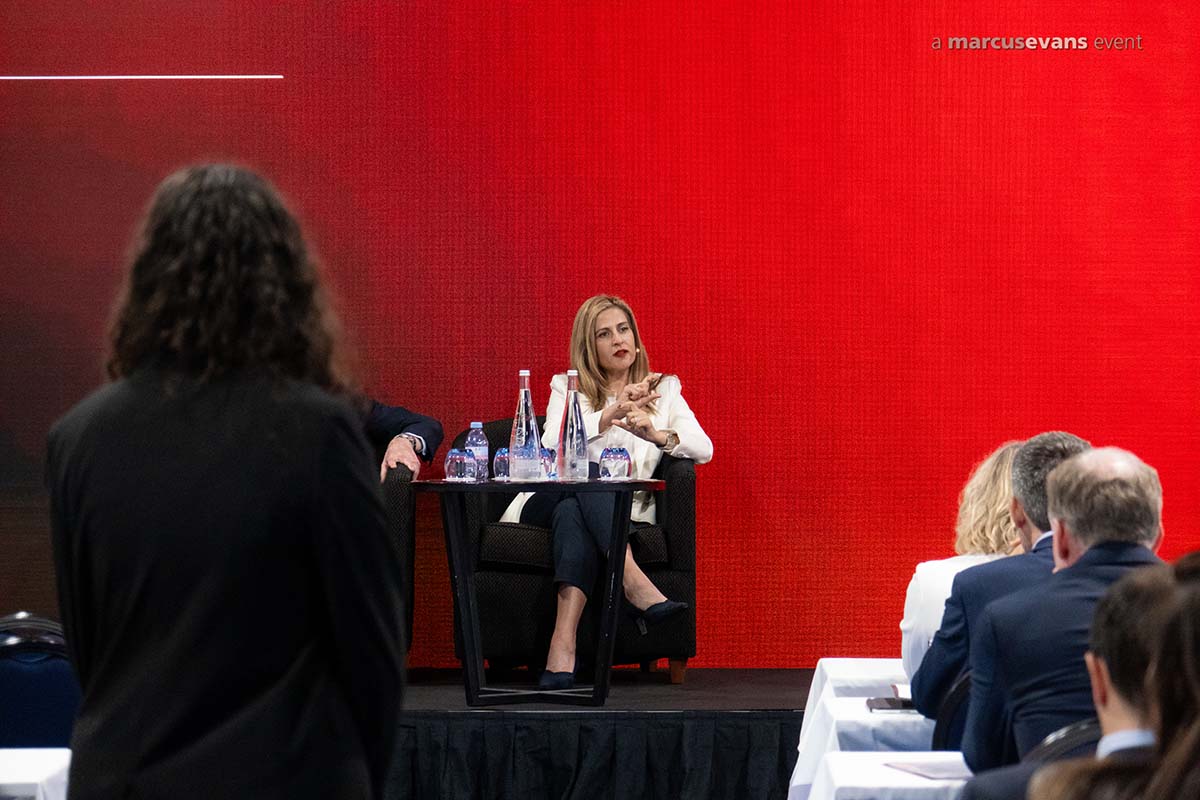In my many years as working with to Ultra High Net Worth Individuals (UHNWIs) and families focusing on the psychology of wealth, I’ve come to observe some intriguing trends. Not least of these is the emergence of a phenomenon of ‘stealth wealth.’ Today, I would like to share insights into this subtle yet impactful display of wealth, as it permeates modern society and reshapes the symbols of affluence.
Embracing the Modest Manifestations of Wealth
There was a time when wealth was an overt exhibition — grandiose properties, flashy cars, extravagant parties, and high-priced clothes. But that time is passing. “For the New Old Money, discretion is the ultimate flex,” as Stellene Volandes of Town & Country Magazine rightly observed.
Recently, I was interviewed for a piece by #The New York Times, and I remarked, “Wealth, at all times and in every society, is calibrated according to the group you associate yourself with, your position and rank in relation to others.”
I have seen this paradigm shift among my clients, who are part of the UHNWI category. In some of these circles, displaying wealth openly isn’t just frowned upon; it’s considered distasteful and even gauche.
The Silent Arms Race of the Super Rich
Instead, the battleground has moved to subtler territories. The status symbols have given way to more nuanced displays of wealth. In this new era, it’s not about flaunting but about hinting at your wealth subtly. “It’s the Loro Piana effect, and it’s a smokescreen,” as William Norwich noted in the Times article. In essence, the goal is to “telegraph status without seeming to do it.”
Moreover, this has led to a silent arms race, one where the untrained eye won’t notice anything unusual. As I told the Times, “Let’s say you have one private plane but for a multibillionaire, one private plane probably won’t be considered a status symbol.”
The Dangers of Visible Wealth
The shift towards ‘stealth wealth’ isn’t just a fashion trend, it’s a survival tactic. Visible wealth invites attention, and not always of the desirable kind. “You don’t want to become a target,” as Norwich put it. This desire for privacy and anonymity is why the children of billionaires often travel in heavily guarded, tinted SUVs.
I explained in my interview, “Not only is flaunting wealth now can be frowned upon at some circles of the highest levels of income, but it sets in play competitive games there is no guarantee one can win.” This is a lesson many of the uber-rich have taken to heart.
A New Era of Status Symbols
Even the status symbols have evolved to fit this ‘stealth wealth’ narrative. Expensive items such as the Forbes & Lomax light switches, or the understated Harmony bangles by Hemmerle, are the new markers of wealth. These items, though expensive, don’t scream money. They are subtle, classy, and only recognizable to those in the know.
As I concluded in my interview with The New York Times, wealth now revolves around “how much space you take up,” economic space that is. And in this new age of ‘stealth wealth,’ the goal is not to grab attention but to quietly command respect.




